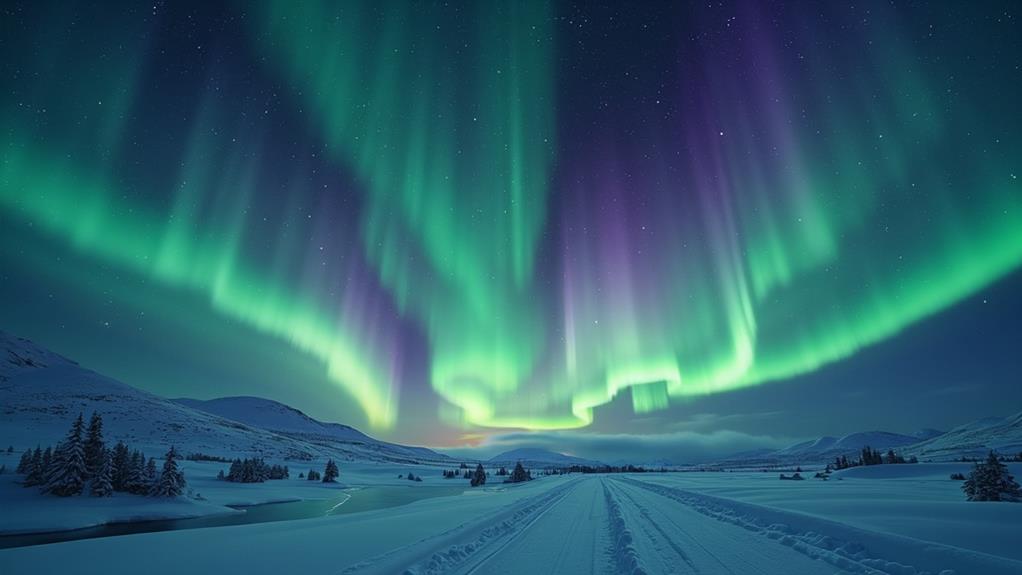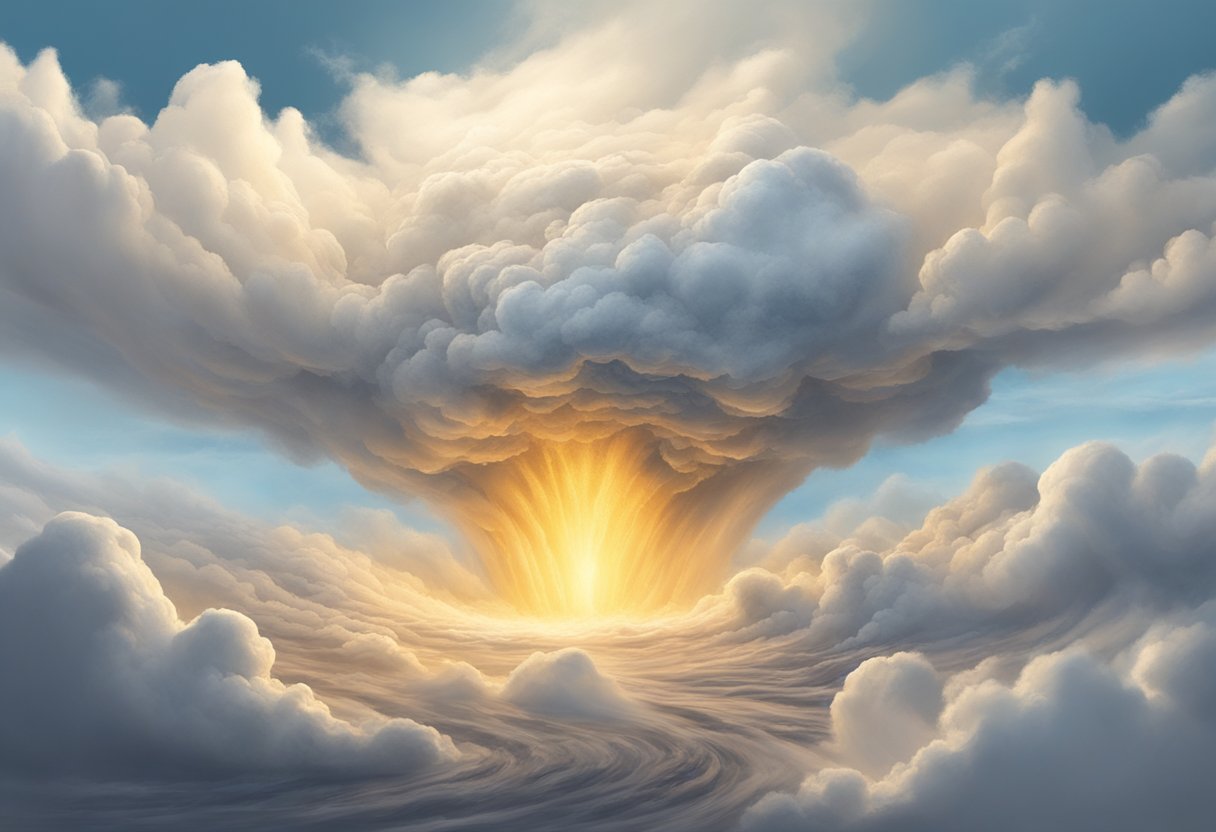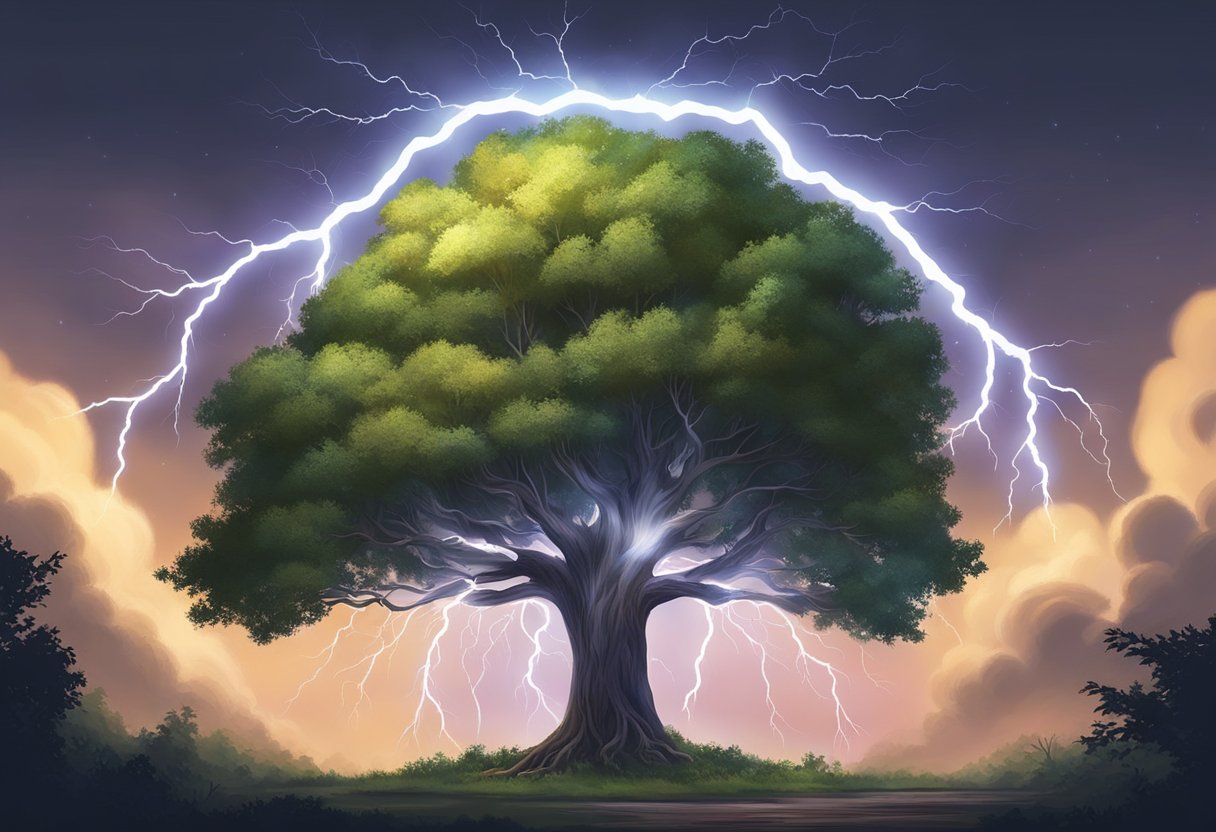The Role of the Moon in Regulating Earth's Tides: An Essential Mechanism
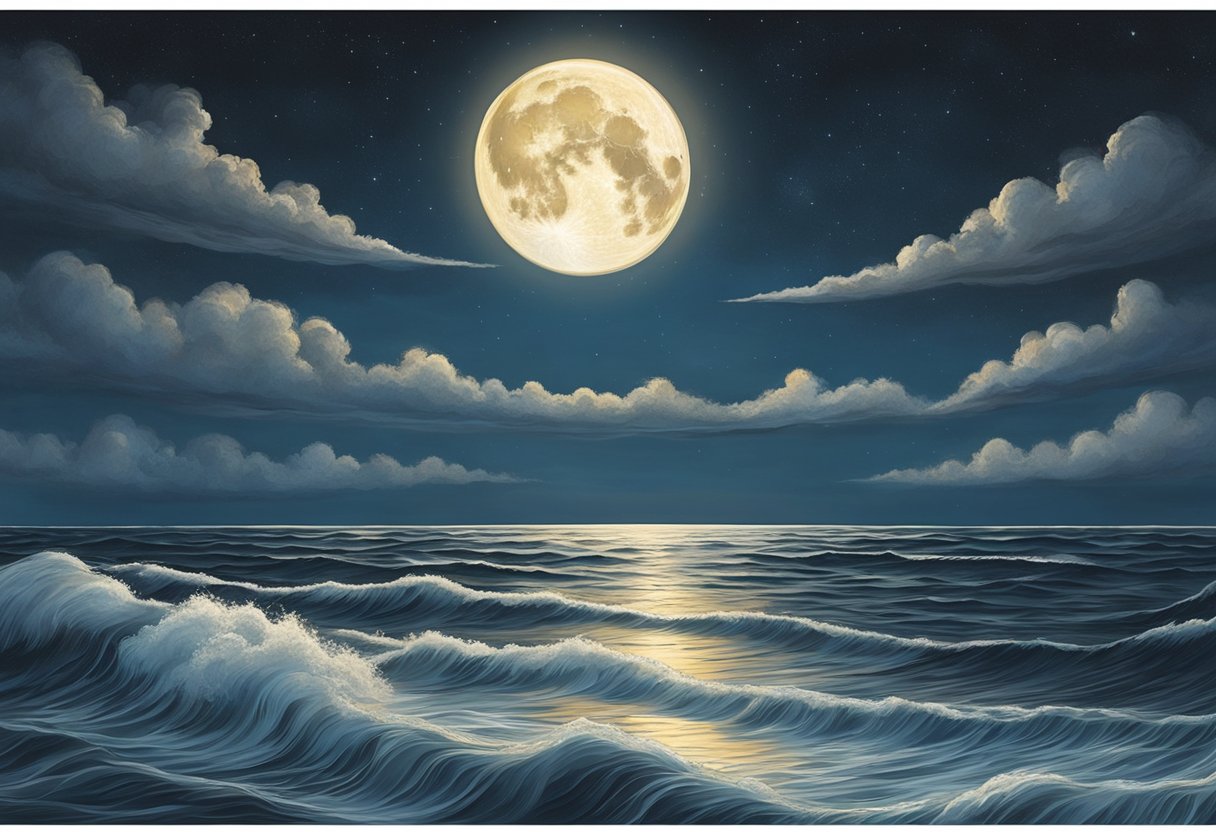
The Moon plays a crucial role in regulating Earth's tides, creating a rhythmic rise and fall of ocean levels. Moon's gravitational pull causes the water to bulge, resulting in high tides on the side nearest to the Moon and the opposite side. This interaction is the main reason why most coastlines experience two high tides and two low tides each day.
Though the Sun also affects tides, its influence is much weaker compared to the Moon. This is because the distance between the Earth and the Moon is much shorter than between the Earth and the Sun, making the Moon's gravitational force more effective in creating tidal bulges. As Earth rotates, different areas pass through these bulges, leading to the regular ebb and flow of tides.
Understanding the Moon's impact on tides helps explain many coastal phenomena and aids in activities like fishing, boating, and even scientific research. With the tides' predictable patterns, life along shorelines has adapted remarkably, showcasing nature's delicate balance.
Understanding Tides
Tides are the regular rise and fall of ocean levels caused by the gravitational pull of the moon and the sun. This section explores how these celestial bodies influence the movement of ocean waters and creates the different types of tides.
Tidal Mechanics and the Role of the Moon
The moon's gravitational pull is the main force behind tides. As the moon's gravity pulls on the Earth, it causes the water to bulge out on the side closest to the moon and on the opposite side.
These bulges create high tides. When the location moves away from these bulges, low tides occur. This cycle happens roughly every 12 hours, leading to two high and two low tides each day.
The distance between the Earth and the moon also matters. When the moon is closer, it exerts a stronger gravitational pull, creating higher high tides and lower low tides.
The Sun's Influence on Tides
Although the sun is much larger than the moon, its distance from Earth means it has a smaller effect on tides.
The gravitational pull of the sun combines with the moon's pull to influence the tidal range, which is the difference between high and low tides.
When the sun and the moon are aligned, their combined forces create higher tides. When they are at right angles, their pulls partially cancel each other out.
Types of Tides: Spring and Neap
Spring tides and neap tides are two main types of tides, named not after the season but from an old English word meaning "to jump."
Spring tides occur when the sun, moon, and Earth are in a straight line. This alignment creates the highest high tides and the lowest low tides due to the combined gravitational forces.
Neap tides happen when the sun and moon are at right angles relative to Earth. These tides have the smallest tidal range, causing the lowest high tides and the highest low tides.
The Moon's Effect on Earth
The Moon significantly influences Earth's tides through its gravitational pull, creating tidal bulges and inducing tidal friction. These effects are crucial to understanding the rhythms of daily high and low tides.
Lunar Phases and Tides
The phases of the Moon, such as full moon and new moon, play a major role in the occurrence of spring tides and neap tides. During a full moon or new moon, the Sun, Earth, and Moon align. This alignment enhances the Moon's gravitational pull, causing higher than average high tides and lower than average low tides, known as spring tides.
Conversely, during the first and third quarters of the lunar cycle, the gravitational forces of the Moon and the Sun partially cancel each other out. This results in neap tides, where the difference between high and low tides is less pronounced. These tidal variations, influenced by the lunar phases, affect coastal ecosystems and human activities.
Moon's Orbit and Tidal Bulges
The Moon orbits the Earth approximately every 27 days. As the Earth rotates, different areas of the globe pass through the tidal bulges created by the Moon's gravitational pull. These bulges result in the cyclical nature of tides, with most shorelines experiencing two high tides and two low tides each day.
The time between successive high tides is about 12 hours and 25 minutes, corresponding to half of the Moon's orbit around the Earth. This motion ensures a continual pattern of rising and falling sea levels. The rhythmic passage of tidal bulges affects not only marine and coastal life but also human activities like navigation and fishing.
Gravitational Interactions and Tidal Friction
The Moon's gravity does more than just cause tides; it also interacts with Earth's gravity, creating tidal friction. This friction results from the movement of tidal bulges as they are dragged along by Earth's rotation. The energy lost through tidal friction gradually slows Earth's rotation and pushes the Moon slowly away from the Earth.
The Earth-Moon system's dynamic relationship involves the exchange of angular momentum, where energy from Earth's rotation transfers to the Moon. This complex gravitational dance is crucial in shaping our planet's long-term rotational stability and the length of our days. Understanding these interactions helps scientists predict future changes in Earth's rotation and tidal behaviors.
Daily Tidal Cycles
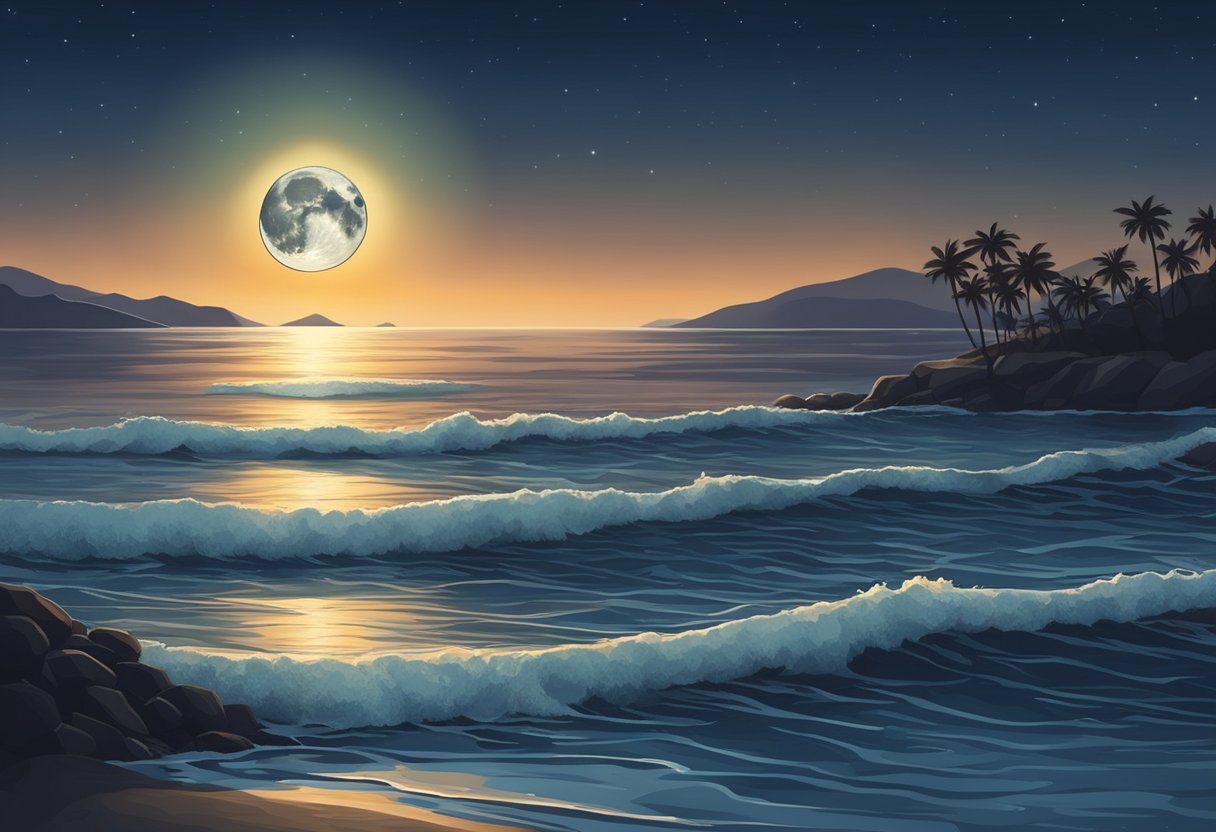
Daily tidal cycles result from the gravitational forces exerted by the moon and the sun on Earth's oceans. The Earth's rotation and the moon's position create regular variations in water levels known as high and low tides.
High and Low Tides
High tides occur when ocean water bulges due to the moon's gravitational pull. These bulges form on the side of Earth facing the moon and the opposite side. Low tides happen between these bulges, where the water is drawn away. Most shorelines experience two high and two low tides daily, as Earth rotates through these tidal bulges. The cycle from one high tide to the next takes a little over 12 hours.
The Concept of the Lunar Day
A lunar day is approximately 24 hours and 50 minutes, the time it takes for a specific point on Earth to face the moon again as both Earth and the moon rotate. This is slightly longer than a solar day. As a result, high and low tides occur about 50 minutes later each day. These shifts impact local tide schedules and can be critical for activities like fishing and boating.
Tidal Lag and Its Effects
Tidal lag refers to the delay between the moon's position overhead and the actual peak of high or low tide. This lag occurs because ocean water needs time to respond to the moon's gravitational pull. The tidal lag can affect the timing of flood tides (rising water levels) and ebb tides (falling water levels). Understanding tidal lag is important for coastal planning and navigation, as it influences the exact timing of the highest and lowest water levels.
Global Tidal Influences
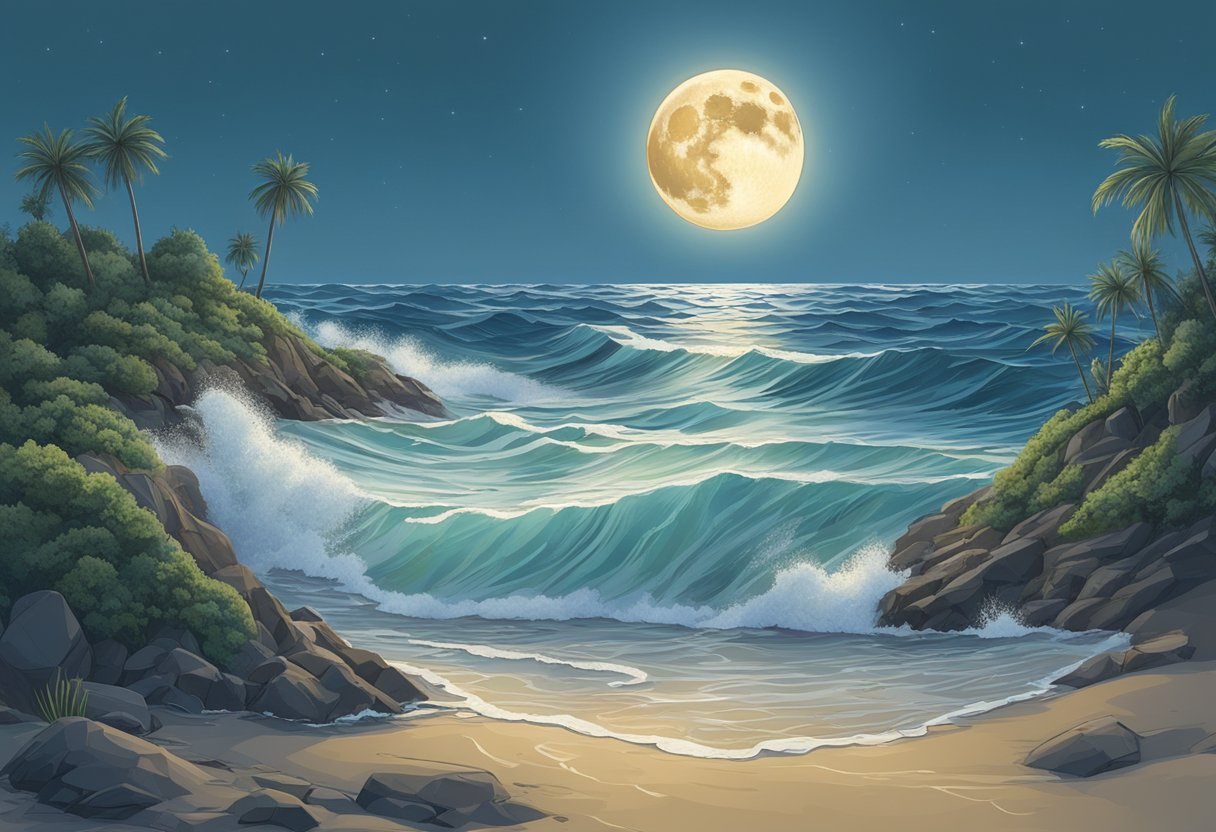
Tides around the world are influenced by the Moon's gravitational pull, but they also vary due to the Earth's rotation and the shape of the ocean basins. These differences can result in unusual tidal patterns and unique phenomena in certain regions.
Variations in Tidal Patterns Around the World
Tidal patterns differ globally due to variations in how the Moon's gravity affects the Earth's oceans. Semidiurnal tides, where there are two high and two low tides each day, are common in most parts of the world. In contrast, diurnal tides, with one high and one low tide every day, occur less frequently. The Atlantic and Pacific Oceans often see mixed tides, which exhibit a combination of both patterns.
In places like the Bay of Fundy in Canada, the tidal range can be exceptionally high, reaching up to 16 meters. This is due to the natural resonance of the bay, which amplifies the tidal forces. Such high sea levels can impact coastal ecosystems and human activities significantly.
Effect of Continental Landmasses
Continental landmasses influence tidal behaviors by disrupting the flow of water around the globe. When tidal waves hit continents, they can be reflected back, interfere with other waves, or get trapped in large ocean basins. This interaction creates complex tidal patterns along coastlines.
The north sea and the Baltic Sea see tides that are affected by the surrounding continents, which alter their amplitude and timing. Narrow, enclosed seas or bodies of water like the Mediterranean have lower tidal ranges due to restricted water movement, while larger open seas show higher variations.
Continents also dictate the creation of tides in narrow rivers and straits, where their confined spaces can amplify the tidal forces, creating strong currents and significant changes in sea level.
Unique Tidal Phenomena
Several unique tidal phenomena are driven by the Moon and Earth's interaction. One notable example is the tidal bore, a sudden and strong tide that pushes up rivers against the normal current. This can be observed in rivers like the Qiantang in China and the Severn in the UK, creating a dramatic wave that travels upstream.
Tsunamis—although primarily caused by underwater earthquakes—not tidal forces, are sometimes confused with high tides. Traditional tides can still influence the damage caused by tsunamis, especially when a tsunami hits during high tide.
The ocean floor also plays a role. Variations in depth and underwater features can affect how tides rise and recede. Continental shelves and trenches can alter the speed and height of incoming tides, leading to diverse tidal behaviors in different parts of the world.
Environmental and Ecological Impact
The Moon's gravitational pull creates tides that influence marine ecosystems, coastal erosion, sedimentation, and human activities. These effects shape the environment in significant ways, altering habitats and impacting various species.
Tides and Marine Ecosystems
Tides are crucial for marine ecosystems. They help circulate nutrients, which support plankton growth. Plankton forms the base of the marine food web. Tidal movements also control the distribution of salinity in estuaries and coastal areas. This salinity balance is vital for species that tolerate specific salt levels.
Intertidal zones, the areas between high and low tides, provide habitats for diverse organisms. These zones house mussels, crabs, and seaweed, which are adapted to changing water levels.
Influence on Coastal Erosion and Sedimentation
Tidal forces contribute to coastal erosion and sediment transport. As tides rise and fall, they move sand and sediment along the sea coast. This movement can erode beaches and cliffs, reshaping coastal landscapes. Over time, erosion can lead to loss of land and damage to human structures.
Sedimentation, the process of depositing sediment, builds up river deltas and coastal wetlands. These areas are crucial for wildlife and act as natural barriers against storm surges.
The Role of Tides in Human Activity
Tides affect various human activities. Many coastal communities rely on tidal patterns for fishing, as certain fish species are more accessible during specific tides. Tidal energy is another significant aspect. It harnesses the power of tidal movements to generate electricity, offering a renewable energy source.
Shipping and navigation are influenced by tides, as certain ports can only be accessed during high tide. This requires careful planning to ensure safe passage and docking of vessels.
Technological and Research Applications
The Moon's influence on Earth's tides offers a unique opportunity for both technological advancements and scientific research. By understanding and utilizing the Moon's gravitational pull, experts can develop methods to harness tidal energy and improve the predictability of tidal events.
Tidal Energy: Harnessing the Power of the Moon
Tidal energy leverages the gravitational pull of the Moon to generate electricity. By placing tidal turbines in coastal areas where the water movement is strong, energy can be captured and converted into power.
This technology not only provides a renewable energy source but also reduces dependence on fossil fuels. Countries like the United Kingdom and Canada have already started investing in tidal energy projects, showing promise for future large-scale implementations.
Scientific Studies on Tides and Their Predictability
Researchers study tides to better understand the Moon's impact on Earth. By observing the changes in sea levels and currents caused by the Moon’s gravitational pull, scientists can predict tidal events more accurately.
Advanced modeling techniques, which account for factors like ocean depth and tidal dissipation, help in making these predictions reliable. These studies also aid in preparing coastal areas for potential flooding, protecting lives and property.
Through ongoing research and technology development, society can continue to benefit from the Moon's natural pull, turning ancient phenomena into modern solutions.
The Moon and Earth: A Celestial Partnership
The Moon is Earth's closest neighbor and plays a significant role in various natural phenomena, including the regulation of tides. This partnership between the Moon and Earth is key to understanding our planet's geophysical and biological processes.
Historical Perspective on the Earth-Moon Relationship
Throughout history, the Moon has fascinated humans. Ancient civilizations used the Moon's phases to track time and create calendars. The Moon's consistent pattern in the night sky made it a reliable tool for early navigators and farmers.
Many cultures saw the Moon as a deity or mystical figure, attributing its phases to divine actions. This celestial body also helped stabilize Earth's orbit, preventing extreme variations in climate by controlling the tilt of Earth's axis.
Modern Understanding of Lunar Effects
Today, scientists know that the Moon's gravitational pull directly affects Earth's tides. The interaction between Earth and the Moon creates two tidal bulges on opposite sides of the planet. As Earth rotates, these bulges move, causing high and low tides along coastlines.
The Moon's gravitational influence also stabilizes Earth's rotation. This stabilization is crucial for maintaining a relatively stable climate suitable for life. Additionally, lunar effects extend to solar eclipses, where the Moon briefly blocks the Sun, creating a unique cosmic event observable from Earth.

